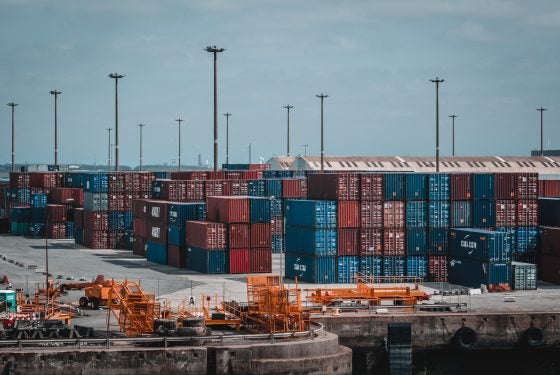Summary
India has moved on from a circumspective view of free trade agreements (FTAs) to proactively engaging in them. It is negotiating FTAs with several large economies. The engagement reflects India’s intention to deepen trade with geopolitically important partners and embed critical issues like supply chains, sustainability and climate in its external trade.
India has moved its engagement with free trade agreements (FTAs) into top gear. It is currently negotiating five FTAs. These are with the United Arab Emirates (UAE), Australia, the United Kingdom (UK), Canada and the European Union (EU). Negotiations on three of these FTAs – notably Australia, Canada and the EU – had begun in the last decade but were suspended. Negotiations with the UAE and UK started in the recent past.
India’s new proactive engagement in these FTAs is in marked contrast to its earlier skepticism of trade deals. The skepticism led it to hold back talks on some of the FTAs which it has begun negotiating now again. Furthermore, it pulled out of the Regional Comprehensive Economic Partnership in November 2019 at the last minute in a decision that surprised many and characterised India as a country unwilling to engage in FTAs. The new energy displayed by India in pursuing FTAs, therefore, is noteworthy.
All the countries with whom New Delhi is going for FTAs are among India’s major trade partners, except Canada. The UAE is India’s 3rd largest trade partner while Australia and the UK are its 15th and 17th largest trading partners respectively. An FTA with the EU would include Germany and Belgium, which are India’s 10th and 13th largest trade partners.
The FTAs with major trade partners are expected to expand existing trade complementarities and synergies. A trade deal with the EU, apart from enhancing trade links with Germany and Belgium, would also enable India to deepen trade with other major European economies like the Netherlands, Italy, France and Turkey. India’s trade with these countries, which is currently not as large as those with Germany and Belgium, can increase significantly through reciprocal preferential market access rules of a bilateral India-EU FTA.
Canada, too, is not yet as large as trade partner of India as it could be. However, India’s engagement with Canada has widened due to a variety of factors that have become significant in India’s external trade and economic engagement strategy. These are movement of students and people; clean and renewable energy; and pharmaceuticals and life sciences. An FTA with Canada is eminently justified in this respect.
Right now, Japan is the only G7 member country with which India has an FTA. Once the FTAs being negotiated are concluded, India would have FTAs with all G7 countries except the US. Both India and the US were seriously considering a trade deal during the Donald Trump administration. While it is not being as actively discussed now, the talks might be revived in the foreseeable future. The FTAs with the G7 members are consistent with India’s deepening engagement with the group.
The countries with which India is negotiating FTAs are also among the largest investors in India. Beginning from April 2000 till date, the EU member economies – the Netherlands (4th), Germany (7th), France (11th), Luxembourg (15th), Spain (16th), Italy (18th) and Belgium (20th) have been among India’s top 20 sources of inward foreign direct investment (FDI). The UK and UAE are India’s 6th and 9th largest sources of FDI, while Canada and Australia are 21st and 27th respectively.
The FTAs being negotiated are comprehensive in scope and coverage. They have a strong focus on cross-border flows of capital, in addition to trade in goods and services. From a negotiating perspective, India is not looking at trade and investments separately. A holistic outlook combining prospects of both trade and investment, which should enable more Indian businesses to plug into the global supply chains, is guiding its choice of FTA partners.
All the ongoing FTAs are with countries with which India’s geopolitical ties have strengthened over the years. The countries represent a group of global middle powers that are large economies. India is bilaterally and collectively engaging with them in several forums, such as the G7, G20 and the Quad. Institutional trade ties with these countries would enhance India’s strategic bonding with them too.
It is also notable that all of India’s upcoming FTA partners, along with India, are committed to delivering a set of common global outcomes. These include enhancing global public health, particularly in mitigating the COVID19 pandemic; enhancing sustainable development; making global supply chains resilient; and safeguarding the use and deployment of critical technologies. The FTAs with these countries will enhance India’s capacity to deliver these outcomes, both for the world as well as its own people.
. . . . .
Dr Amitendu Palit is a Senior Research Fellow and Research Lead (Trade and Economic Policy) at the Institute of South Asian Studies (ISAS), an autonomous research institute at the National University of Singapore (NUS). He can be contacted at isasap@nus.edu.sg. The author bears full responsibility for the facts cited and opinions expressed in this paper.
-
 More From :
More From :
-
 Tags :
Tags :
-
 Download PDF
Download PDF



